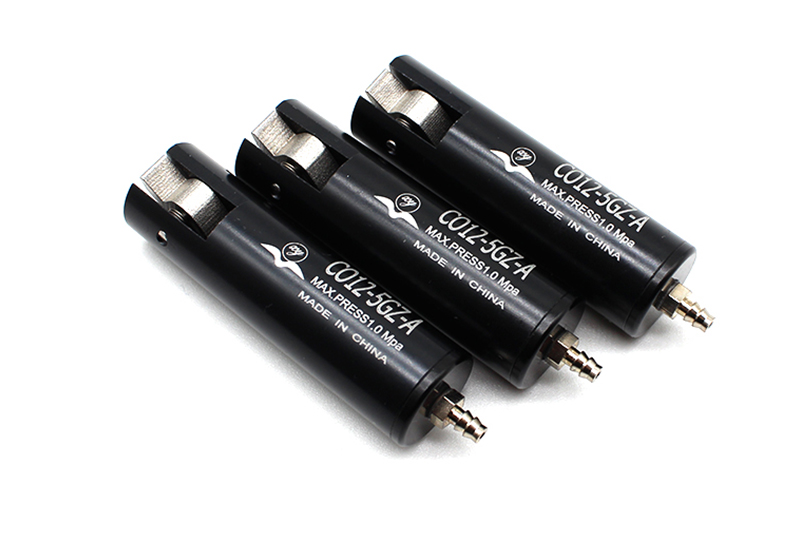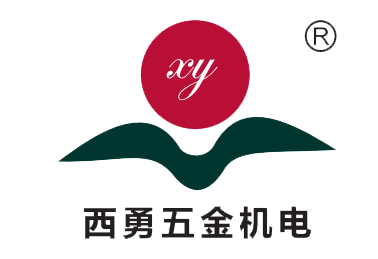In the rapidly changing field of industrial automation, hook cylinders have become indispensable and important components due to their unique structure and wide applications. As a key device for converting gas pressure energy into mechanical energy, hook cylinders play an important role in many mechanical equipment due to their compact structure, flexible installation method, and efficient working performance.
Hook cylinder, as the name suggests, is unique in its hook shaped design at the end. This design enables the cylinder to accurately grasp, fix, or release objects during task execution, greatly improving the automation level and operational efficiency of the production line. Generally speaking, a hook cylinder consists of core components such as a cylinder block, piston, push rod, and hook tongue. When the gas nozzle is open, the gas enters the cylinder, under the action of pressure, the piston pushes the push rod, which in turn drives the hook tongue to rotate or move in a straight line, achieving the opening and closing of the hook or the grasping of the object.

In industrial applications, hook cylinders are widely used in various fields such as automobiles, ships, machine tools, metallurgical equipment, and medical equipment due to their simple structure, compact size, easy installation, and flexible use. For example, in the process of automobile manufacturing, hook cylinders can be used for automatic adjustment of braking or suspension systems to ensure the safety and comfort of vehicles; On the production line, it can also serve as an actuator for robotic arms or assembly lines, accurately completing the grabbing, handling, and assembly of objects.
It is worth mentioning that with the advancement of Industry 4.0 and intelligent manufacturing, cylinder technology is developing towards high efficiency, low energy consumption, intelligence, and modularity. Hook cylinders are no exception, and many advanced design concepts and manufacturing technologies have been applied to their production, making their performance more superior and their applicability more extensive. For example, through built-in sensors and IoT technology, hook type cylinders can achieve remote monitoring and intelligent control, greatly improving the automation level and operational efficiency of production lines.

In addition, with the continuous improvement of environmental awareness and the increasing demand for energy, the cylinder industry is also actively responding to the national call, committed to green production and energy conservation and emission reduction. As one of the representatives, the hook cylinder not only continuously optimizes the selection of raw materials and manufacturing processes to reduce energy consumption and environmental pollution; At the same time, more emphasis is placed on energy conservation and efficiency in product design to meet the market's demand for low-energy, high-performance products.
In summary, as an important component in the field of industrial automation, hook cylinders provide strong support for production and manufacturing in various industries with their unique structure and wide range of applications. With the continuous advancement of technology and the expansion of the market, it is believed that hook cylinders will play a more important role in the future development, contributing more to industrial automation and intelligent manufacturing.
Prev:Gain a deeper understanding of the functions and applications of cylinders
Next:Round Cylinder VS Square Cylinder








